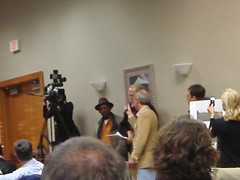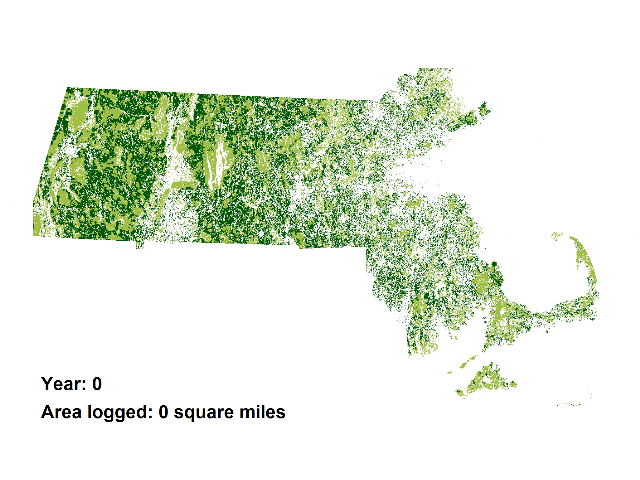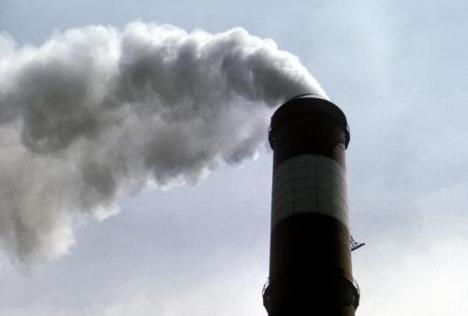It’s good to see fracking reviewed in the VSU Spectator, including that it’s coming to Georgia unless we stop it, and we should stop it. It’s unfortunate the story ends with a bad idea when there’s a much better idea already rapidly being deployed: solar power.
 Stephen Cavallaro wrote yesterday for the VSU Spectator,
Fracking hits Georgia,
Stephen Cavallaro wrote yesterday for the VSU Spectator,
Fracking hits Georgia,
Fracking, the process of harvesting the environmentally unfriendly natural gas called shale that is being pushed by the government, plows its way through Georgia.
More like being pushed by fossil fuel companies who have bought too many politicians.
In March, I discussed a deal backed by the government between British-owned Centrica and American-owned Cheniere. The agreement was that Cheniere would spread toxic chemicals across America in order to fuel millions of British homes.
Kind of like Continue reading







